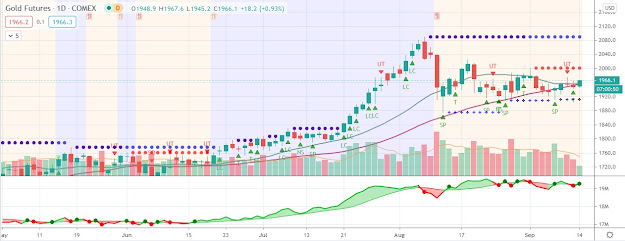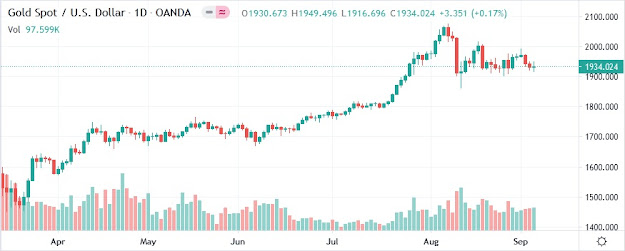Large difference between API and DOE data

For the past three weeks, DOE crude oil inventories have seen a net cumulative increase of 944K barrels, which stood at 9,341K (if we exclude yesterday’s significant 8,397K barrel decrease in crude oil inventories). Meanwhile, API crude inventories realized a cumulative 10,068K barrel decline. This discrepancy has caused uncertainty about the actual level of US crude oil inventories.
Base on the report from US, they believe this could serve to draw investors’ attention from market fundamentals, towards other economic barometers (like equity markets) for short-term guidance. Yesterday’s DOE data showed that gasoline inventories had contracted 2,177K barrels, expanding the cumulative decline in US gasoline inventories to 5,637K barrels. This signals improving US retail demand for crude oil. However, with US distillate fuel stocks gaining another 1,529K barrels last week, concerns about weak industrial crude oil demand could weigh on crude oil contract prices.
Furthermore, the US Gulf coast refinery crack spread increased to USD8.638/bbl, which saw refinery utilization increase one percentage point — to 83.2% last week. This increases the probability of increased US refined products output in the week ahead, which could also weigh on crude oil prices, given currently weak US industrial crude oil demand.



Comments
Post a Comment